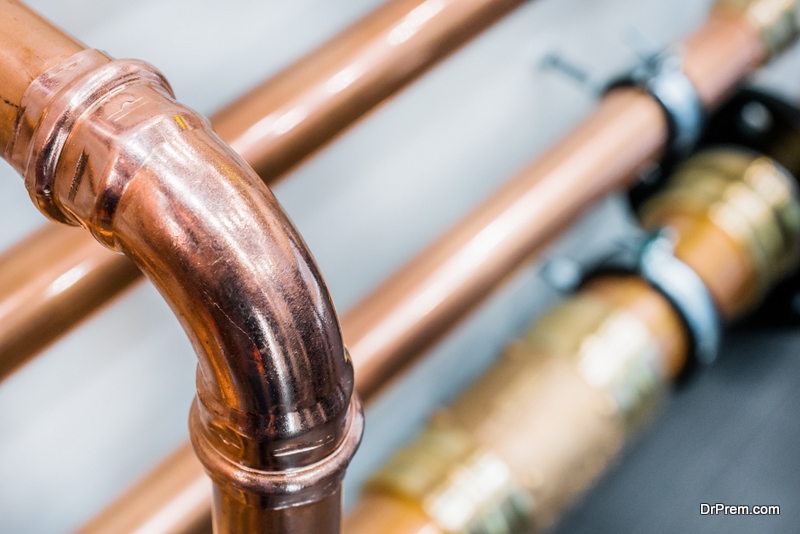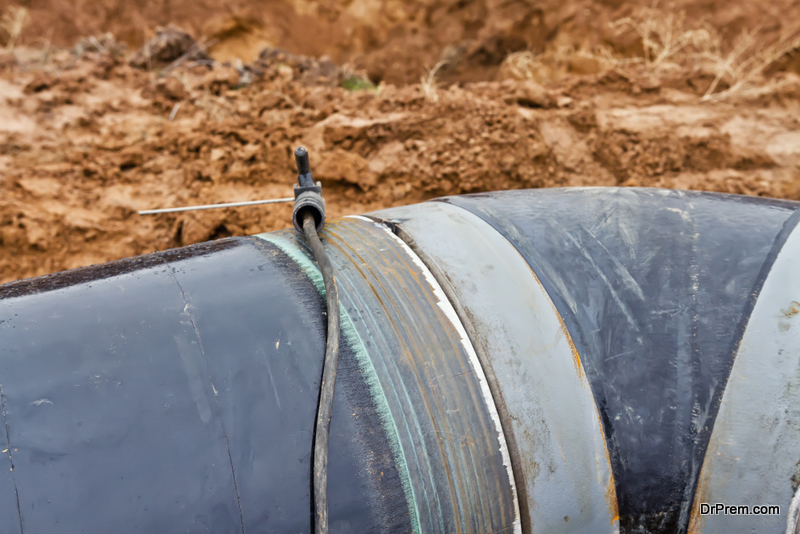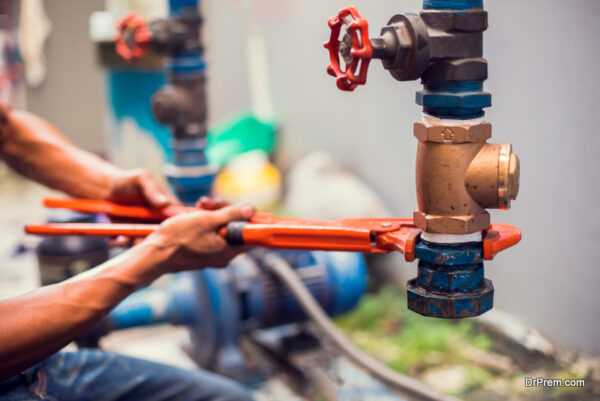Homeowners often neglect their indoor plumbing system because pipes and sewer systems typically last for decades. Although piping systems are durable, they’re also prone to issues, especially when property owners fail to maintain them properly. If you’re currently experiencing clogged drains and toilets, you might be facing piping problems caused by water backups, corrosion, leakage, and cracks.
The best way to fix water problems is to find a permanent solution. Fixing the piping infrastructure becomes complicated once they’re already installed, but with the help of pipelining process, you can efficiently fix internal damages to your pipes.
Here’s a brief guide on how pipelining works and why you need it:
What Is Pipelining?

Pipelining, or cured-in-place pipe (CIPP), is the process where professionals use a non-destructive solution to fix plumbing problems and replace cracked, damaged, and leaking plumbing systems. The process involves putting a pipe within a pipe to make it cost-efficient and cause less disruption to the existing pipe. It’s an easier and more affordable technique than having your pipes entirely replaced.
Furthermore, CIPP usually involves a no-dig trenchless method to avoid ruining the yard, sidewalk, or trees. An epoxy-saturated pipe will be inserted inside your existing pipes and will be cured to seal the existing pipes’ lining. It’s a long-term solution than jetting or re-piping your entire sewer system.
How Does It Work?
Pipelining begins by mapping and inspecting the plumbing system using a CCTV camera to see how big the damage is, what part needs to be cleared, and how you can minimize disruption during the entire process.
Once you reach a clear plan, you can start the actual pipelining process.
1.The first step is to clean the piping system. This is done to help the new CIPP liners adhere to the host pipe properly. There should be no roots, clogging, or scale buildup left in the pipes because it’ll prevent the new liners from attaching to the right position.
- Technicians will use the existing passage points to insert a felt liner into the original pipe. The felt liner will be saturated with two-part epoxy and the line’s outer part will be cut to help it adhere to the host pipe.
- Once the epoxy adheres, technicians will pull the liner through the pipe to expand the rubber blade found inside the felt. This process will help cure the epoxy liner and permanently stick to the host pipe.
Technicians often use a small electric portable heating unit to help cure the CIPP liner faster. Small heating units work well for pipes because they can reach even areas that have limited access.
- The CIPP liner will harden the pipe and technicians can now remove the rubber bladder. Technicians will have to do one final CCTV inspection to see if the epoxy liner has adhered correctly and there’s no sign of blockage or leaks.
What Are The Benefits Of Pipelining?

There are many reasons why property owners opt for trenchless pipelining than replacing every damaged pipe. Here are some of the benefits when you choose to do a pipelining process:
1. Cost-Effectiveness
Pipelining is more cost-efficient than replacing the pipes. If you choose to replace your piping systems, you’ll have to worry about the materials, labor, and repairing damaged ground trenches and greenery. If you opt for a pipelining technique, you don’t have to worry about digging up your entire yard.
2. Durability
The CIPP liners will help reinforce your existing piping system. The epoxy used will certainly prevent water damage because your pipes’ weaker joints will be covered with another layer.
Basically, there will be two existing pipes within your system–the host pipe and the CIPP epoxy liner.
3. Faster Process
Pipelining is also a faster process than installing new pipes and digging new trenches. You only need to access your system’s entry points to conduct a sewer inspection and then insert the new CIPP liners. If you do pipeline, you’ll also need less time to clean up afterward because there’s less damage on your trenches.
Takeaway
Pipelining is a cost-effective and durable alternative to replacing an entire piping system. If you want to skip the stressful labor, intrusive repair process, and costly materials, pipelining is a long-term solution that may solve your internal plumbing system issues.
Article Submitted By Community Writer




